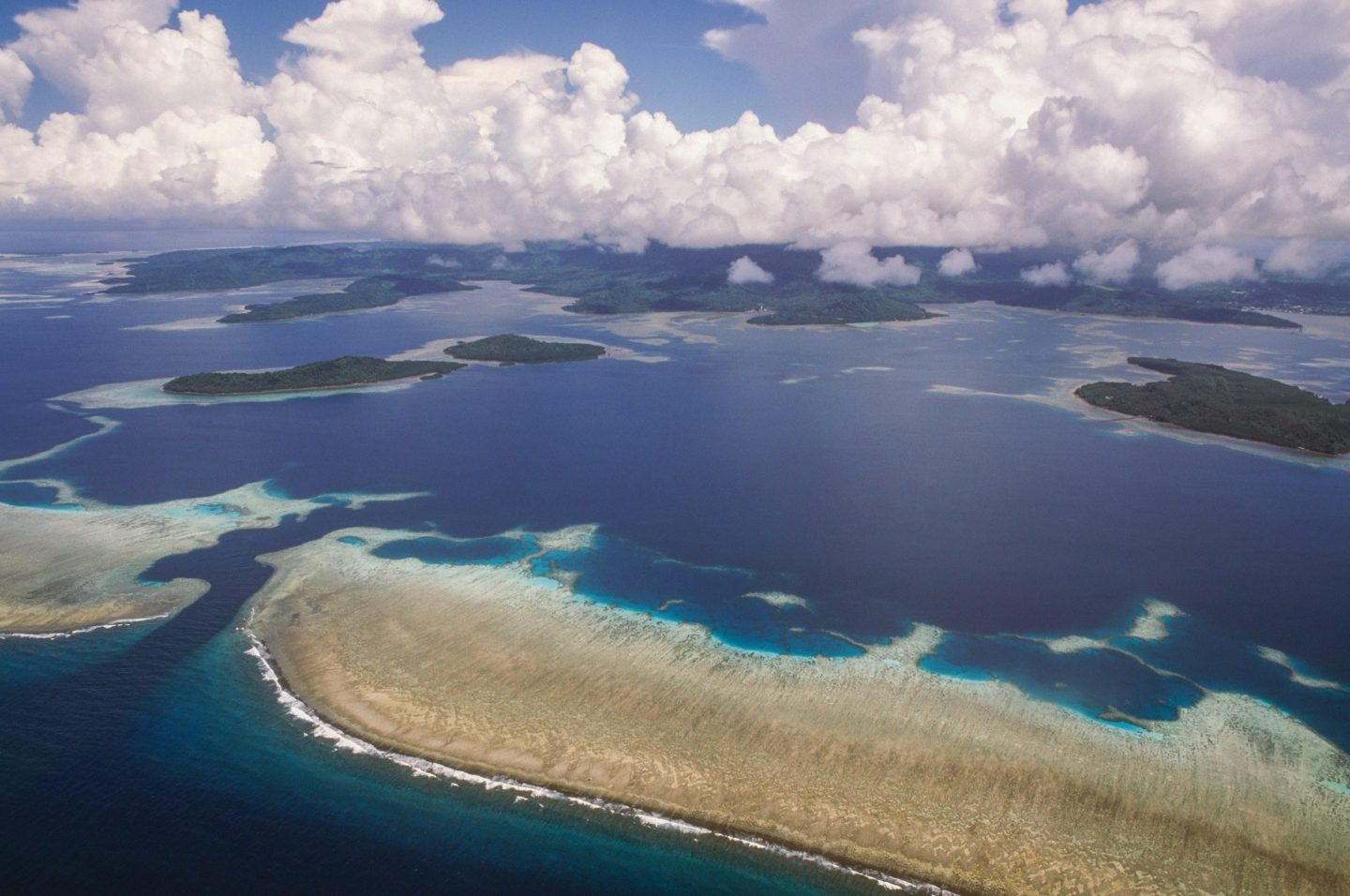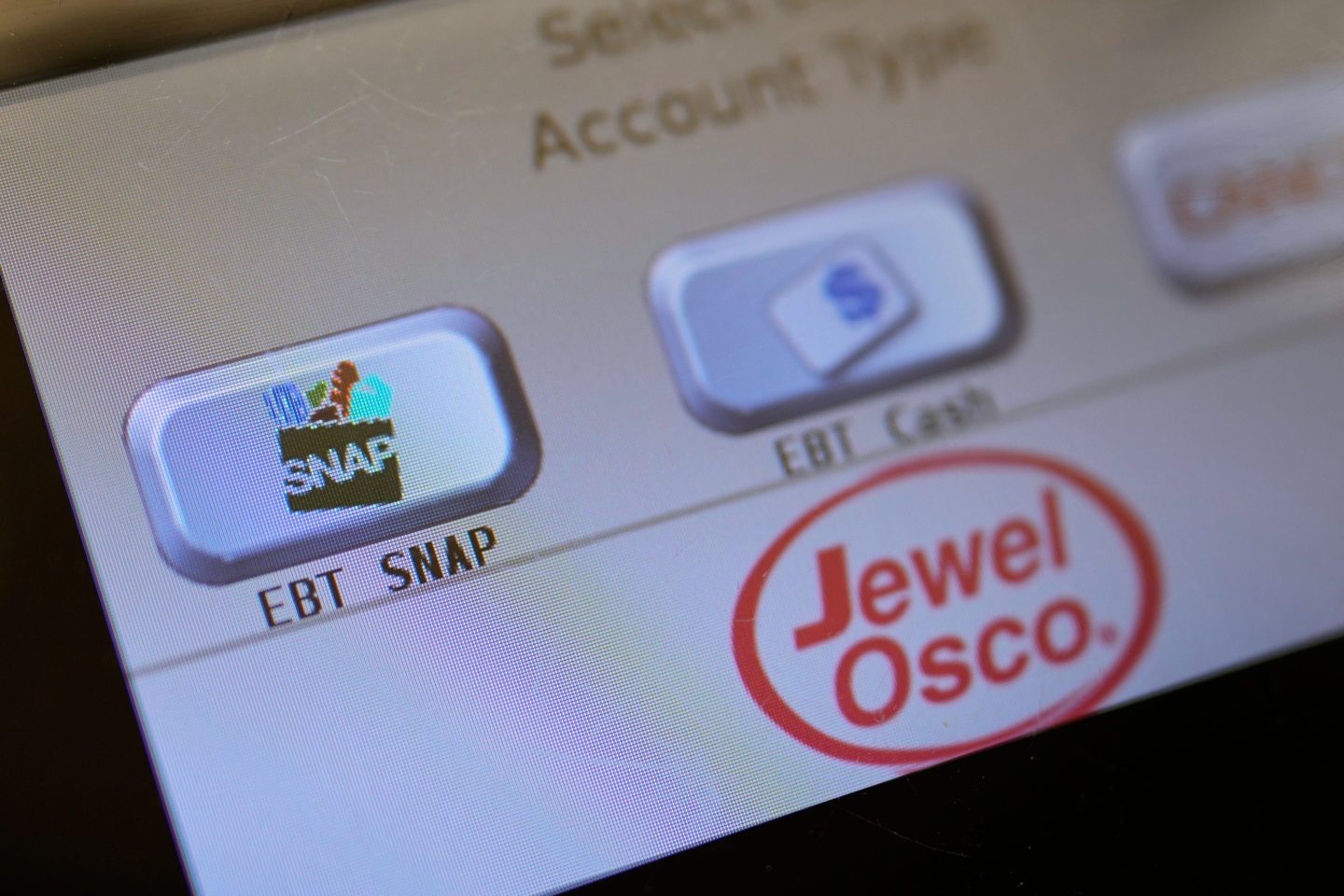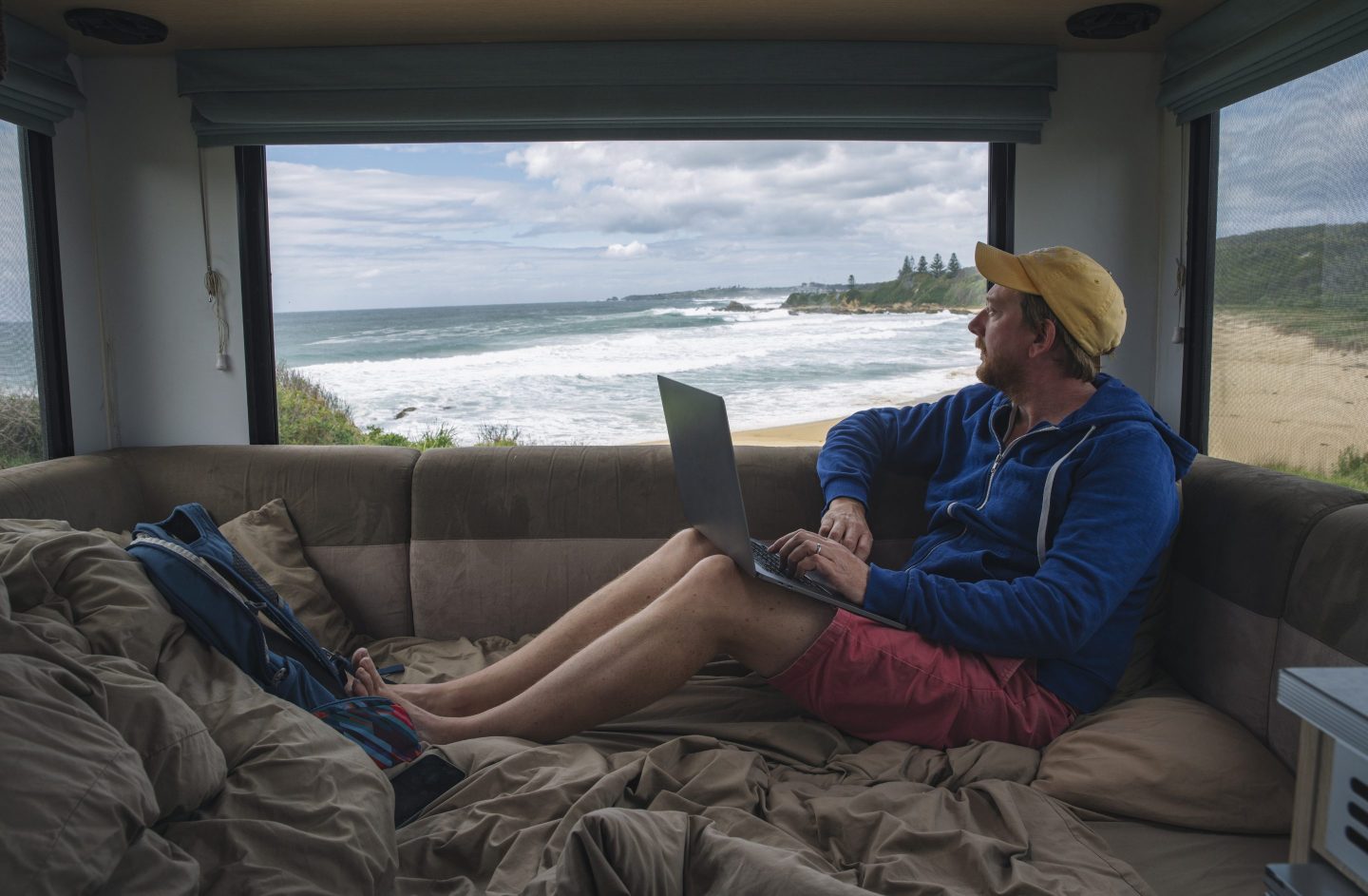As of last month, the Federated States of Micronesia—a group of four islands in the Western Pacific—was one of the few countries in the world that had insulated itself from the pandemic. As of April, Micronesia had reported a single COVID case. It’s reported a handful of cases since then. But now the country of 115,000 is suffering its worst-ever outbreak, likely due to the BA.5 Omicron subvariant whose rapid transmission has caused daily case counts to skyrocket into the hundreds, a per-capital tally that’s equivalent to the U.S. reporting 2.3 million a day. On Tuesday, Micronesia reported its first COVID-related death.
On July 19, the country’s government announced that it had discovered a few dozen COVID cases in the community. Those initial cases have ballooned into a full-fledged outbreak of 2,072 cases as of July 26. Cases are concentrated on the islands of Pohnpei, home to Micronesia’s capital, and Kosrae. Roughly 40% of cases—811—were reported in just the last 24 hours.
The COVID outbreak has decimated the country’s government. The country’s vice president Yosiwo P. George is in hospital for COVID treatment. The Micronesian government said on Tuesday that the bulk of senior officials in at least two departments are positive for COVID. Micronesia President David Panuelo flew to the U.S. territory of Guam on Tuesday to ask for assistance battling the surge.
Last September, the government mandated that anyone receiving federal funds—meaning most adult Micronesians—had to show proof of vaccination before getting the money. The government has approved both Moderna and Johnson & Johnson’s COVID vaccines. As of July 26, 75% of all Micronesians over the age of 5 had received two vaccine doses, and 56% of those over the age of 45 have taken a booster shot. On Tuesday, the Micronesian government also said it had enough doses of the anti-COVID drug Paxlovid to treat 21,000 cases.
Omicron BA.5 subvariant breaks through defenses
As of now, Micronesia can’t say definitively which COVID strain is fueling the outbreak, but the country suspects it’s the BA.5 Omicron subvariant. “We have submitted samples to the U.S. for testing”, Richard Clark, press secretary for the government of the Federated States of Micronesia, told Fortune, noting that the government should get an answer in the coming days. Yet “based on the symptoms reported, [Omicron BA.5] is what our medical teams are expecting to hear back,” says Clark.
Micronesia had previously managed to keep COVID out of the country thanks to a strict policy of inbound quarantine. Travelers to Micronesia have to quarantine in Guam for three days beforehand. Once they land, they must quarantine for another five days. Only Micronesian residents are allowed into the country on so-called repatriation flights.
BA.5 hits once COVID-free countries
More transmissible Omicron subvariants have breached similar defenses around in the world, including in places that, like Micronesia, have avoided major COVID outbreaks thus far.
Earlier this month, the semi-autonomous Chinese gambling hub of Macau recorded its first-ever COVID deaths, due to the BA.5 variant. Macau had kept COVID out of the city by requiring all inbound travelers to undergo at least 10 days of hotel quarantine. But BA.5 pierced those controls, leading to an outbreak of just over 1,800 cases since June 18. On July 11, Macau closed casinos for the first time in two years in an effort to control cases. (Casinos reopened on Saturday, and the city recorded zero COVID cases on Tuesday.)
Micronesia’s fellow Pacific Islands have also experienced outbreaks as they start to reopen to the rest of the world after over two years of closed borders. Vanuatu, Samoa, the Solomon Islands and Tonga have all seen COVID outbreaks this year.
Micronesia was in the midst its own reopening when the outbreak hit. As of now, the Micronesian government says it’s going ahead with plans to allow international visitors to enter and remove quarantine requirements on Aug. 1.
Correction, July 27, 2022: A previous version of this article quoted an older figure for Micronesia’s population.
Sign up for the Fortune Features email list so you don’t miss our biggest features, exclusive interviews, and investigations.













